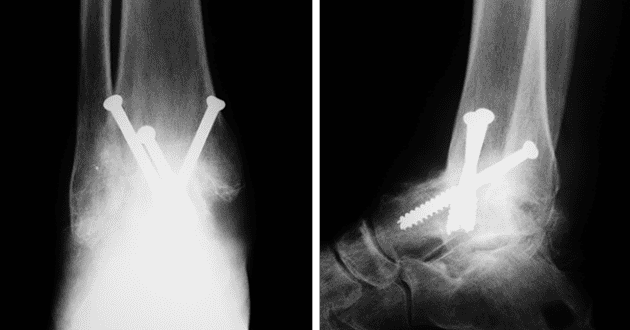7 Reasons For Shoulder Blade Pain
- - Category: Diseases & Conditions
- - 03 Mar, 2023
- - Views: 318
- Save

Shoulder Blade Pain
You don't realize how much you rely on your shoulder blades until it hurts to lift your arms for simple tasks like putting on a shirt. Your shoulder blades, or scapulae, are located in your upper back, one on each side, one on each side. Their function is to connect your clavicle, or collarbone, to your upper arms.
Shoulder pain can be caused by a variety of factors, including muscle strains or tears, poor posture, and overuse. Pain in this area could even signal a medical emergency. To figure out how to treat your pain, you must first determine what is causing it.
Most commonly, shoulder blade pain will stem from a muscle problem, which can be caused by poor posture or simply overdoing it, whether that’s in your garden or at the gym. However, sometimes pain may have a more serious medical cause, which needs to be treated as soon as possible.
1. Aortic Aneurysm
An abdominal aortic aneurysm can cause deep, aching back pain that radiates to the shoulder blades. The aorta is the main blood vessel that runs from your heart to your abdomen, pelvis, and legs; an aneurysm means that the vessel balloons out, which can be fatal if it ruptures. Smoking and high blood pressure can cause an artery to weaken over time; genetic factors and being born male can also play a role. Other symptoms include abdominal pain, passing out, clamminess, dizziness, nausea, and, vomiting.
2. Gallstones
Gastrointestinal pain can be difficult to diagnose. Is it heartburn? Bloating? Is it possible that you have food poisoning? Keep an eye out if your abdominal pain appears to travel upwards, to the area between your shoulder blades, or to your right shoulder. These are both symptoms of gallstones, which are hardened deposits in your gallbladder. Intense abdominal pain, fever, and jaundice are all signs that you should seek medical attention right away.
3. Heart Attack
In some cases, shoulder blade pain may appear suddenly, without explanation, or in conjunction with other symptoms unrelated to your musculoskeletal system. That's when your ears should perk up because there's more going on. For example, shoulder blade pain can be a precursor to a heart attack.
Shoulder blade pain or discomfort between or under the shoulder blades is more common in women than in men. Other symptoms of a heart attack include pain in the chest and/or upper body, shortness of breath, nausea, lightheadedness, and breaking out in a cold sweat.
4. Herniated Disc
Your spine is made up of vertebrae, with a spongy disc between each one to provide cushioning. A cervical disc herniation occurs when one of the discs between the vertebrae in your neck is damaged and the inside of the disc bulges out. It may occur with nerve pain, which feels like burning, tingling, or an electric sensation radiating into the shoulder blade.
5. Lung Cancer
Lung cancer symptoms include chronic coughing, coughing up blood, shortness of breath, and a hoarse voice. Pain and weakness in the shoulder can also occur if a tumor compresses a nerve or spreads to the bones. Other common symptoms of cancer include fever, fatigue, and unintended weight loss. Lung cancer does not only affect smokers; 10% to 20% of lung cancer cases occur in people who have never smoked.
6. Muscle Strain or Soreness
So you lifted an excessively heavy weight over your head at the gym. You could also have lifted your child high above your head. Or attempted to transport a large bag of mulch to the backyard. You're most likely suffering from a muscle strain. Your shoulder blades are supported by large and small muscles and float on your ribcage. Muscle strain can be caused by overusing these muscles or lifting something incorrectly.
When you activate a pulled muscle, it causes sharp pain, similar to raising your hand above your head. Other overuse injuries, such as participating in a sport or activity without adequate rest and recovery, can also cause pain and discomfort. Talk to your pain doctor about your symptoms.
7. Shoulder Blade Injury
Your shoulder blades rest on your ribcage, and between them is a bursa, a fluid-filled sac that acts as padding. If you move and experience "crunchiness" or "clickiness" under the shoulder blade, as well as a dull ache, you may have to snap scapula syndrome.
This is essentially shoulder blade bursitis, which can occur when a muscle in the area isn't adequately controlling the movement of the scapula, causing it to rub back and forth over the bursa, causing irritation. If the area has been hit, this can result from trauma to the shoulder blade.



